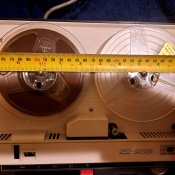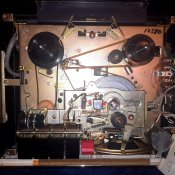Hi
Is there any options apart from the Lomo UPB-1A tanks?
Thought there would of been other brands that made them, cant even find any good DIY options.
If that's all there is then I will have to bite the bullet and get one from Russia, there expensive to buy and import.
Thanks
Is there any options apart from the Lomo UPB-1A tanks?
Thought there would of been other brands that made them, cant even find any good DIY options.
If that's all there is then I will have to bite the bullet and get one from Russia, there expensive to buy and import.
Thanks









